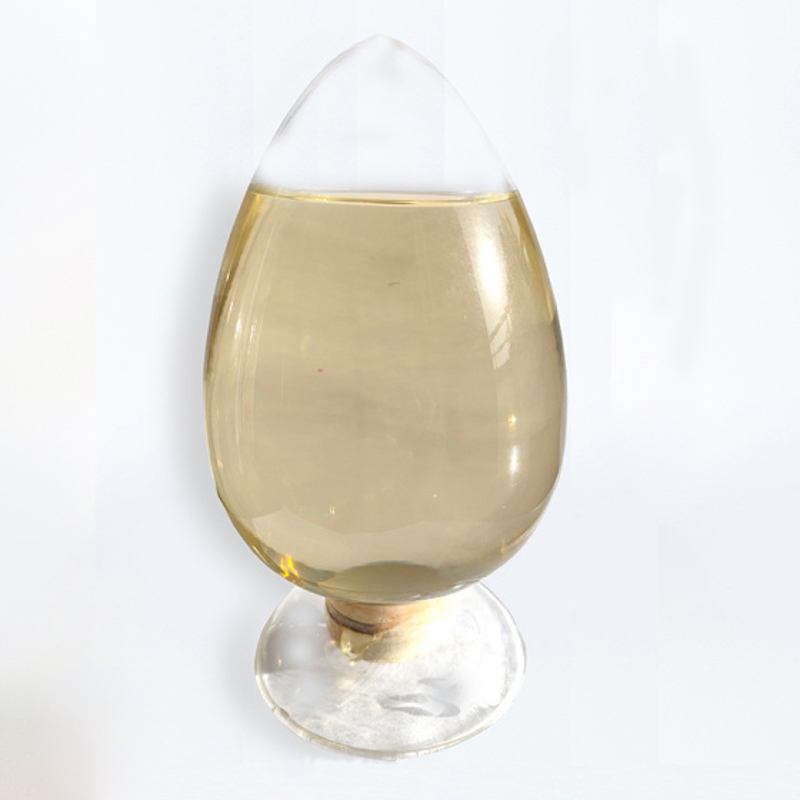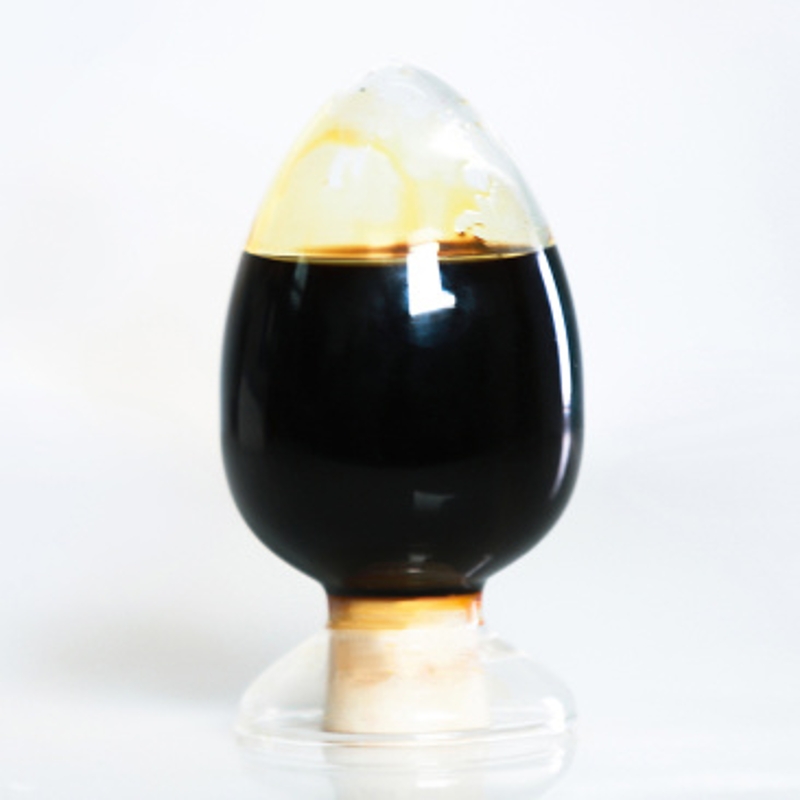-
Categories
-
Pharmaceutical Intermediates
-
Active Pharmaceutical Ingredients
-
Food Additives
- Industrial Coatings
- Agrochemicals
- Dyes and Pigments
- Surfactant
- Flavors and Fragrances
- Chemical Reagents
- Catalyst and Auxiliary
- Natural Products
- Inorganic Chemistry
-
Organic Chemistry
-
Biochemical Engineering
- Analytical Chemistry
- Cosmetic Ingredient
-
Pharmaceutical Intermediates
Promotion
ECHEMI Mall
Wholesale
Weekly Price
Exhibition
News
-
Trade Service
(3) Gas chromatography-mass spectrometry (GC-MS)
QNs are polar compounds and must be derivatized into volatile derivatives before GC analysis
.
Due to the cumbersome operation, this method was mainly reported in the 20th century and is rarely used at present
(4) Thin layer chromatography (TLC)
TLC is to coat the stationary phase (such as silica gel) thinly and uniformly on the bottom plate (or rod).
The sample is spotted at one end of the thin layer and spread out in the unfolding tank.
Due to the different moving distances of the components on the thin layer, the formation For the separated spots, the chromatographic method for qualitative and quantitative analysis of the sample can be completed by measuring the position and density of each spot
.
Juhel-Gaugain et al .
(5) Capillary electrophoresis (capillary electrophoresis, CE)
CE and HPLC-like belong to the liquid phase separation technology, and now it has become a separation and analysis method that complements HPLC
.
Aura et al.
Lombardo-Agii et al.
used CE-Ammonia cadmium laser induced fluorescence to detect 6 kinds of QNs (OFL, LOM, NOR, DAN, ENR and SAR) in different waters with a wavelength of 325nm and 125mmol/L phosphoric acid (pH2.
8) methanol (64 +36, v/v) is the separation buffer, and the analyte is separated in a 70cm-long quartz capillary
.
The recovery rate of the method is 83.
McCourt et al.
established a capillary zone electrophoresis-electrospray-tandem mass spectrometry (CZE-ESI-MS/MS) method to analyze 9 kinds of QNs
.
Quinine was used as an internal standard, and 120mmol/L ammonium carbonate (pH 9.
In recent years, MEKC has gradually developed into one of the most important models in CE.
The improvement of its separation ability mainly depends on the composition and properties of buffer solution, anionic and cationic surfactants, zwitterionic surfactants, chiral surfactants and cyclopaste The application of fine and protein macromolecules to modify MEKC has made MEKC widely used in the fields of biology, chemistry, medicine, environmental protection, and food
.
Meng et al.
Related Links: Determination Methods of Quinolone Drug Residue Analysis Technology (2)







